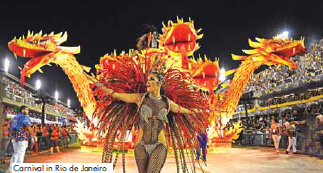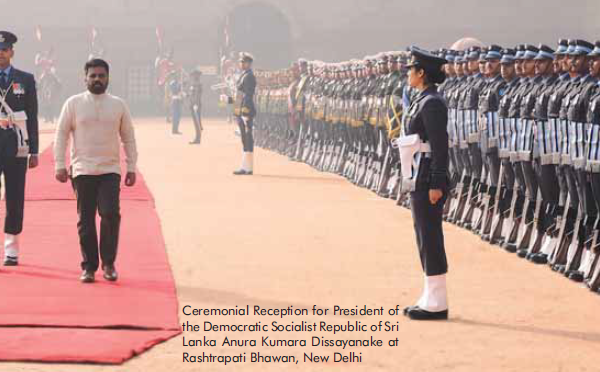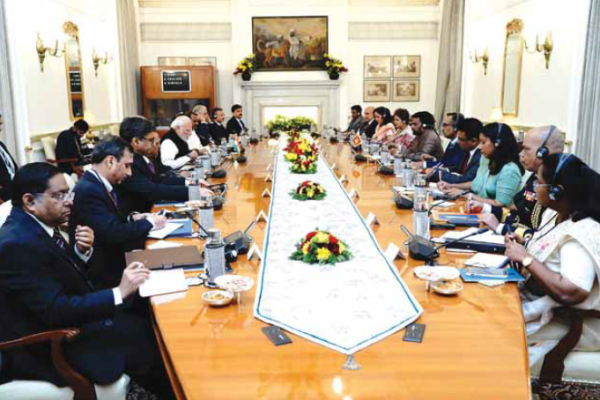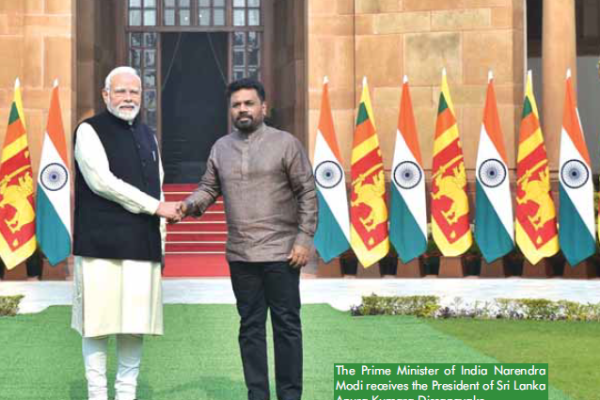
Brazil: Where Heaven Meets Earth
With its breathtaking waterfalls, vibrant culture, unique cuisine, some of the world’s most stunning beaches, and thrilling adventures, Brazil offers a variety of tourism experiences tailored to every preference. Prepare to be amazed by the wonders of this captivating country, as promised by Ivor Vaz. Brazil, often regarded as one of the most underrated travel…





